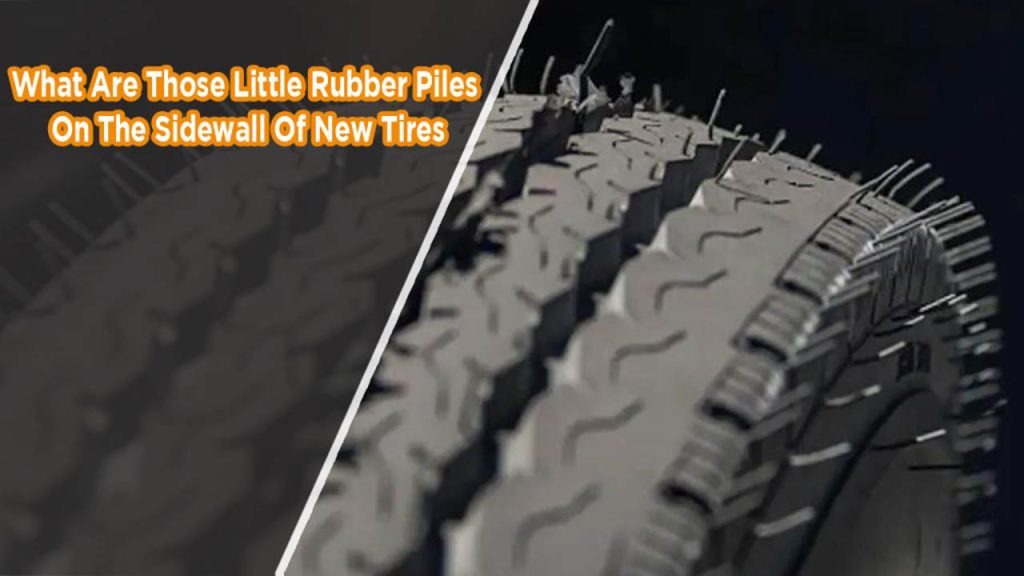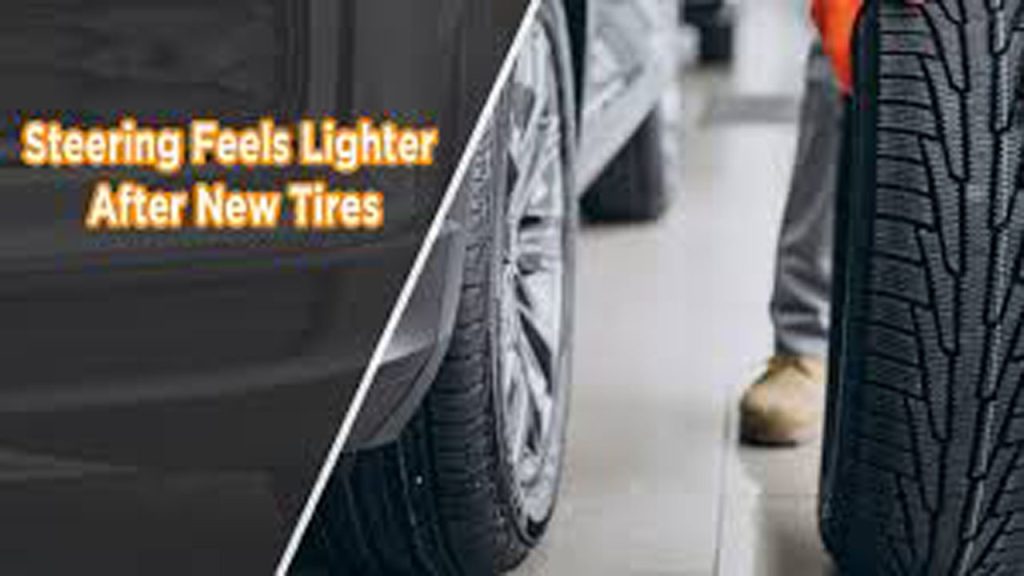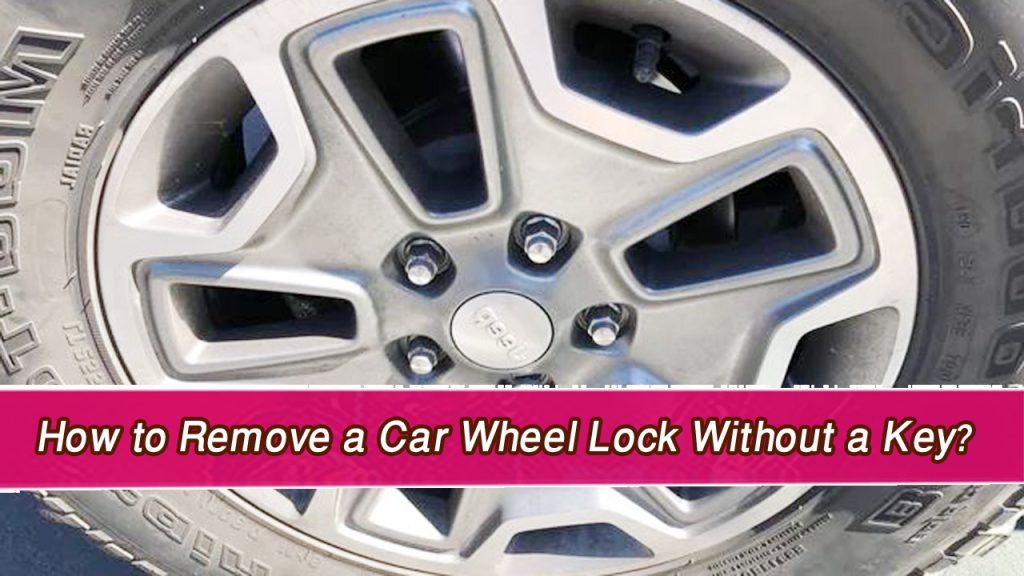If you’ve ever taken a close look at new tires, you might have noticed small, thin rubber projections sticking out from the surface. They almost look like tiny hairs or spikes, scattered across the tire’s tread and sidewalls. These little rubber piles are often a point of curiosity, and many people wonder why they’re there and whether they serve a specific purpose.
Let me take you through everything I’ve learned about these small rubber piles. By the time we’re done, you’ll not only understand their purpose but also have a better appreciation for the tire manufacturing process.

Rubber Piles on New Tires
Those little rubber piles, also known as vent spews, are a byproduct of the tire manufacturing process. While they might look like they’re part of a tire’s design, they’re actually there for a technical reason. In this article, I’ll explain where they come from, what they do, and whether you need to worry about them.
How Are Tires Made?
To understand why these rubber piles exist, it’s helpful to know a bit about how tires are made. Tires are created through a process called vulcanization, where rubber is heated and molded into shape. During this process, uncured rubber is placed into a mold that gives the tire its tread pattern and final form.
The mold is highly detailed, with intricate grooves and textures that ensure the tire performs well on the road. However, as the rubber is pressed into the mold, air can get trapped inside. Trapped air needs an escape route, and this is where the small holes in the mold come in.
What Causes the Rubber Piles?
The small holes in the tire mold allow air to escape during the vulcanization process. Without these vent holes, trapped air could create bubbles or imperfections in the tire, which would affect its performance and durability.
When the rubber is forced into the mold under high pressure, some of it flows into these vent holes, forming the tiny rubber piles. Once the tire is removed from the mold, these thin rubber projections remain attached to the surface.
Do the Rubber Piles Have a Purpose?
While the vent spews themselves don’t serve a functional purpose on the finished tire, the process that creates them is essential. Here’s why:
- Prevents Imperfections: The vent holes ensure that air is released, preventing bubbles or weak spots in the tire.
- Quality Control: The presence of vent spews can indicate that the tire molding process was successful, as they show that air escaped properly.
Should You Remove the Rubber Piles?
Many people wonder if they should remove these little rubber piles from their tires. The answer is simple: No, you don’t need to remove them.
These rubber projections are harmless and will naturally wear away as you drive. In fact, they’re often considered a sign of a brand-new tire, so you can leave them as they are without any concerns.
Do Rubber Piles Affect Tire Performance?
The rubber piles are so small and flexible that they don’t impact the tire’s performance, traction, or safety. They’re purely a cosmetic feature that disappears over time. Whether you leave them alone or cut them off, it won’t make any difference to your driving experience.
Common Myths About Rubber Piles
- Myth: Rubber piles indicate a defect in the tire.
- Truth: They’re a normal part of the manufacturing process and don’t signify any flaws.
- Myth: Removing the rubber piles will extend the tire’s life.
- Truth: The piles have no effect on tire longevity or performance.
- Myth: Rubber piles help with tire grip.
- Truth: They don’t play any role in traction or grip on the road.
Comparing Different Tire Features
While rubber piles are often noticed on new tires, they’re just one of many features you’ll find. Here’s a quick comparison of common tire features:
| Feature | Purpose |
|---|---|
| Rubber Piles (Vent Spews) | Byproduct of air-venting in molds; cosmetic only. |
| Tread Pattern | Provides grip, traction, and water dispersion. |
| Sidewall Markings | Displays tire size, load rating, and manufacturing info. |
| Wear Indicators | Shows when the tire has reached its tread depth limit. |
Why Do Some Tires Have More Rubber Piles?
Not all tires have the same number of rubber piles. The number and location of these projections depend on the design of the mold used during manufacturing. High-performance tires, for example, may have fewer vent spews due to differences in their mold designs.
Are Rubber Piles a Sign of Quality?
While the presence of rubber piles doesn’t directly indicate a tire’s quality, it does suggest that the manufacturing process went smoothly. Air escaped as intended, which is essential for a properly molded and durable tire.
How to Care for New Tires
If you’ve recently purchased new tires, here are a few tips to keep them in great shape:
- Break Them In: New tires need a break-in period of about 500 miles to perform at their best.
- Check Tire Pressure: Proper inflation is critical for safety and performance.
- Inspect for Damage: While rubber piles are normal, look out for cuts, bulges, or other signs of damage.
- Rotate Regularly: Rotating your tires extends their life and ensures even wear.
- Keep Them Clean: Use a tire cleaner to maintain their appearance and prevent cracking.
Fun Fact: Rubber Piles in Pop Culture
Believe it or not, the little rubber piles on tires have even sparked curiosity in pop culture. Car enthusiasts and tire manufacturers have discussed them in forums and blogs, and they’re often seen as a quirky sign of a fresh set of wheels.
Conclusion
Those little rubber piles on new tires, while seemingly insignificant, are a fascinating byproduct of the tire manufacturing process. They serve as a reminder of the precision and care that goes into creating a product we rely on every day.
There’s no need to worry about them, and they’ll disappear naturally as you drive. So the next time someone asks you about those tiny rubber projections, you’ll have all the answers—and maybe even a fun fact or two to share!
FAQs
What are the rubber piles on new tires called?
They’re known as vent spews or sprues, created during the tire molding process.
Do rubber piles affect tire performance?
No, they don’t impact performance, safety, or durability.
Can I remove the rubber piles from my tires?
Yes, you can remove them if you like, but it’s not necessary—they’ll wear off naturally.
Why do some tires have more rubber piles than others?
The number of rubber piles depends on the design of the mold used in manufacturing.
Are rubber piles a sign of tire quality?
While they’re not a direct indicator of quality, their presence shows that the molding process went as intended.


